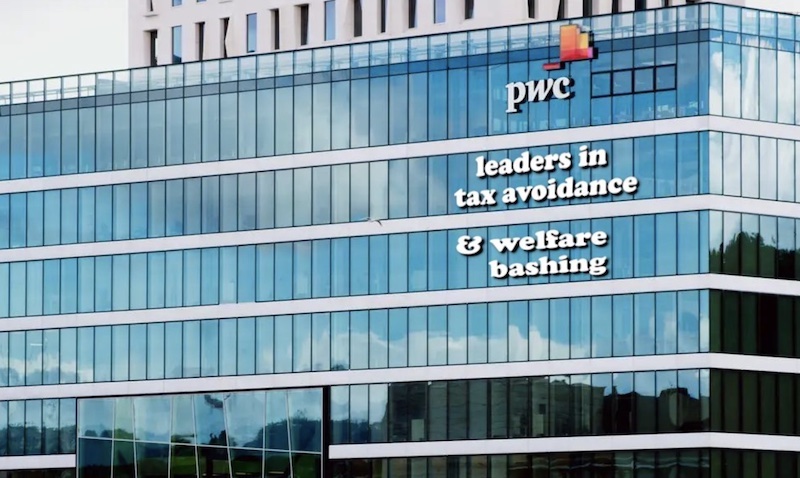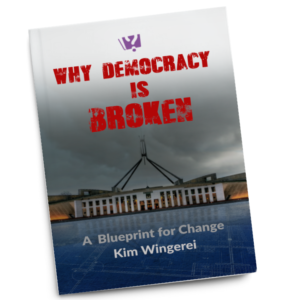
While PwC is struggling to contain what might be its very own Enron moment, the ATO, Treasury and the Senate are trying to figure out why nobody did anything about what everybody seemed to know. It’s now a scandal too big to go away, Kim Wingerei reports on what might be next.
Fresh out of business school in Norway in 1980, this writer joined the illustrious Arthur Anderson, one of the then “Big 8” audit and consulting firms. At an internal meeting discussing proposed legislative changes to the tax benefits of limited partnerships, the local firm’s tax consulting partner was asked how it would affect some of our big clients. His answer was as succinct as it was cynical:
For everyone of the tax department’s underpaid lawyers, we employ four highly paid experts incentivised to outsmart them; who do you think wins every time?
Arthur Anderson ceased to exist following the Enron scandal of the early noughties, and the “Big 8” is now the big four – PwC, Deloitte, EY and KPMG – bigger and more powerful than ever, each of them employing more tax experts than the ATO, being paid princely salaries for the best advice that money can buy. Advice on how to avoid paying tax is one of the most lucrative areas of consultancy in the big end of town.
And at that end of town,
PwC’s biggest mistake may not be revealing confidential information about ATO’s plans to catch the tax avoiders, but that they were caught doing so.
It is not difficult to imagine the mad scramble behind closed doors at Deloitte, EY and KPMG to make sure they are not caught in the same way as PwC.
From tax minimisation to crisis minimisation
The scandal has filled the front-pages of Australian news sites, and will continue to do so. PwC has so far gone through the whole gambit of PR containment strategies. At first, when the AFR broke the story in January, they just hoped it would go away with the scapegoat, Tax Partner John Collins, suspended from practice and having left the firm.
Then they tried to minimise it, saying it was only a few who knew. That strategy spelt the end of Australian CEO Tom Seymour, who resigned on May 8. A new CEO in place tried the “we’re so very sorry, it won’t happen again” line, followed by commissioning an internal review headed by Ziggy Switkowski, a former client of the firm.
But by now, it had grown too big to contain. Ministers got involved, Senators started asking questions and demanding that names be named. More damning emails were revealed and Government agencies were told to stop engaging with the firm. This week, nine more PwC partners were stood down.
So far, US mainstream media have been mostly quiet, preoccupied with the political shenanigans over the US debt ceiling, perhaps. CNBC, Bloomberg and Reuters have reported on it, of course, and London’s Financial Times have covered it from the start.
What happens next?
But this is now unlikely to be the kind of scandal that will quietly peter out. PwC may survive, but in a much diminished form in Australia, at least. Heads will have to roll, and it will be years before PwC can expect to regain trust with Government and businesses. Questions will also have to be asked about the wisdom of using multinational tax avoidance experts to advise the Australian Tax Office.
Why that question wasn’t asked in the first place beggars belief, and there may well be scapegoats to be found inside the ATO, too.
Back in the year 2000, Anderson staff were caught red-handed as their shredding machines ran hot. Today, it’s not so simple. Digital footprints run deeper, wider and longer than those of the abominable snowman.
This is not an isolated case, nor a snowman. It’s more like one big elephant caught, with three others trying their best to look inconspicuous.
Rex Patrick: put PwC top of blacklist for government procurement payments


